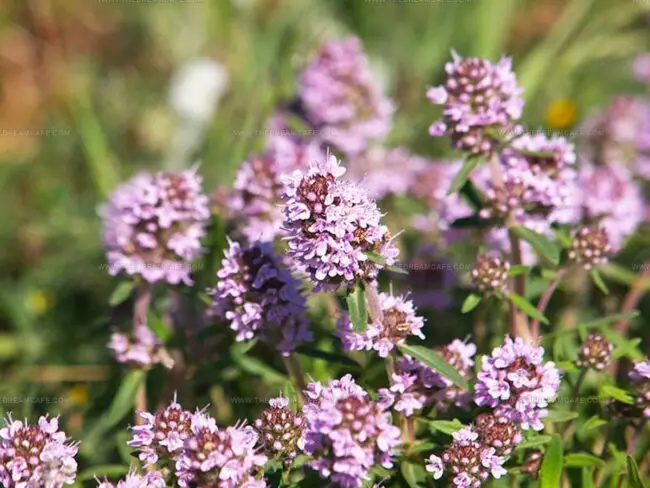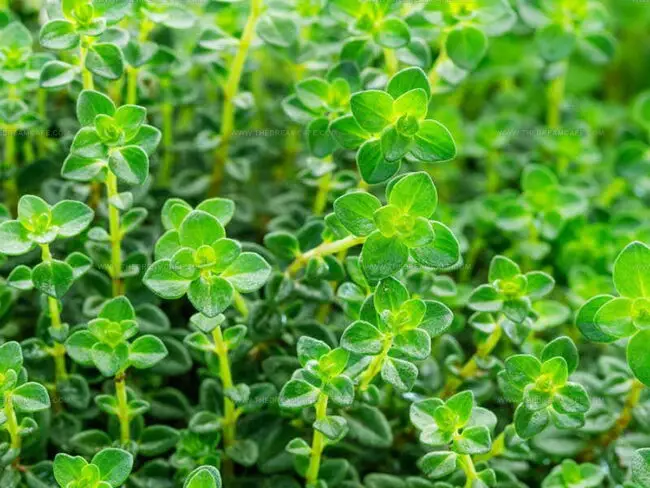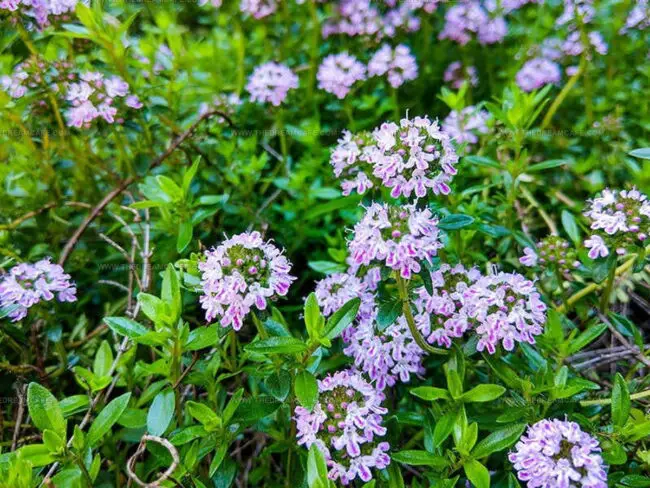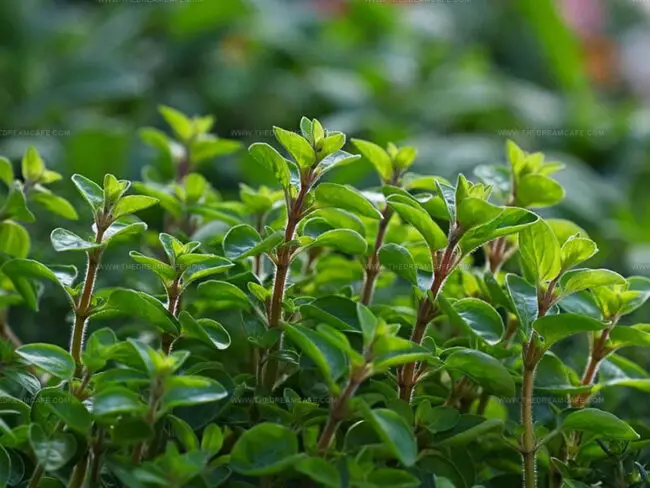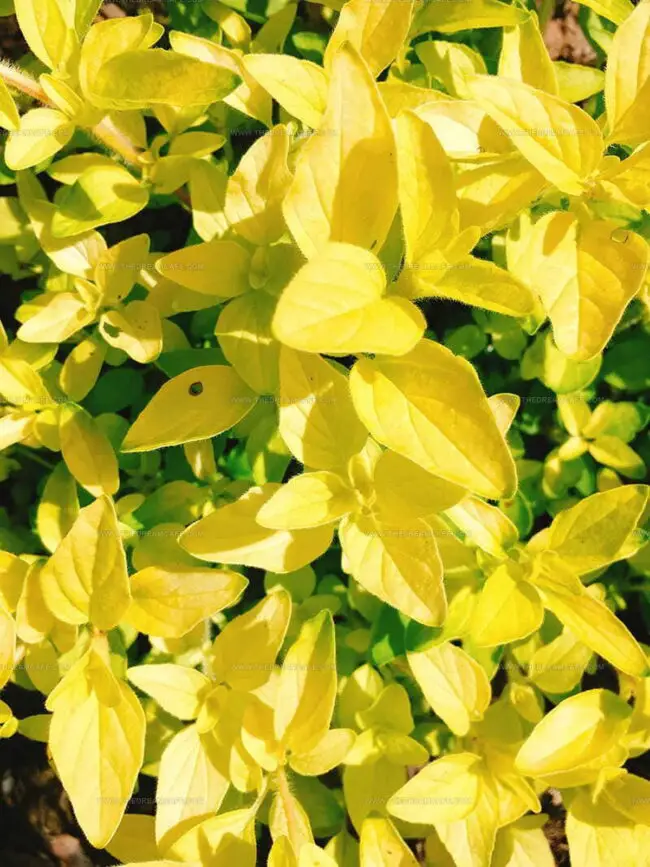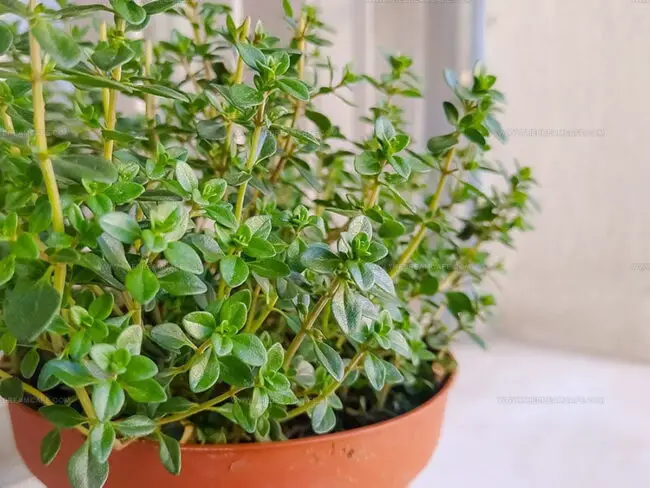Thyme or Oregano: The Mediterranean Herb Battle
Thyme vs. oregano represents a classic kitchen herb debate among home cooks and professional chefs alike.
Aromatic Mediterranean herbs bring distinctive flavors to countless dishes around the world.
Many people confuse these two green powerhouses because of their similar appearance on grocery store shelves.
The earthy notes of thyme tend to pair wonderfully with roasted meats and winter vegetables.
Meanwhile, oregano carries a bold, slightly spicy profile that has become synonymous with Italian and Greek cuisine.
Both herbs can transform ordinary meals into culinary masterpieces with just a small pinch.
Subtle differences in growing conditions and seasonal availability might affect which one you reach for during meal preparation.
Read on as we unpack everything about these essential herbs that every food enthusiast should know.
The Overview of Aromatic Thyme
Thyme is a plant from the Thymus genus in the mint family, originally from the Southern Mediterranean but now popular across Europe, Africa, and Asia.
Thyme is known for its small, aromatic leaves, thyme adds a fresh, earthy flavor to many dishes.
Beyond cooking, thyme is also used in medicine and as an ornamental plant, making it a versatile herb with a rich history and many uses.
Historically, the ancient Greeks used thyme in baths and temples to boost courage, and medieval European women gifted it to warriors for bravery.
Popular Varieties Of Thyme In Cooking
Thyme has over 300 varieties, but these are the most common for cooking:
Common Thyme (Thymus vulgaris)
Also called English or French thyme, grows 6–12 inches tall with grey-green leaves and a strong, pungent flavor. Great for meats, fish, cheese, and veggies.
Lemon Thyme (Thymus x citriodorus)
Grows 12–15 inches tall with small spear-shaped leaves. Adds a citrusy flavor, ideal for soups and liquids.
Oregano-Scented Thyme (Thymus pulegioides)
About 10 inches tall with shiny dark green leaves. Used similarly to common thyme.
Caraway Thyme (Thymus herba-barona)
Shorter at 4 inches with narrow leaves. Traditionally used to flavor beef roasts.
The Perfect Guide to Oregano
Oregano (Origanum vulgare) is a popular herb native to the Mediterranean and Western Asia. Its flavor is warm, slightly bitter, and pungent, with hints of mint and camphor.
It features small, aromatic leaves and tiny purple or white flowers.
Oregano is used widely in cooking and medicine.
Dried oregano tends to have a more concentrated flavor than fresh leaves.
It belongs to the mint family (Lamiaceae) and thrives in mild climates.
Oregano gained popularity in the US after World War II, when soldiers returned from Italy. Its name means “brightness of the mountain” in Greek.
Popular Types Of Oregano
There are over 40 types of oregano, but here are 7 common varieties: 5 used in cooking and 2 for landscaping.
Cooking oregano varieties include Common, Syrian, Greek, Italian oregano, and sweet marjoram (Note: Not all marjoram is oregano, but sweet marjoram is.)
Ornamental oregano varieties include Golden and Ornamental oregano.
Common Oregano (Origanum vulgare)
The most popular type, often found in pizza and tomato dishes. Grows well outdoors in sun and well-drained soil. Also known as wild marjoram.
Syrian Oregano (Origanum syriacum)
Distinct flavor popular in Middle Eastern cuisine, especially in za’atar spice blends. Thrives in hot, dry climates.
Greek Oregano (Origanum heracloticum)
Also called European or Turkish oregano, it has a strong flavor suited for Italian, Spanish, and Greek dishes. Similar appearance to common oregano.
Italian Oregano (Origanum x majoricum)
Milder taste with larger leaves, great for pasta, soups, and sauces.
Sweet Marjoram (Origanum majorana)
A subtle-flavored oregano-related herb that grows well in warm climates. Note: Not all marjoram is oregano, but sweet marjoram is.
Golden Oregano (Origanum vulgare ‘Aureum’)
Known for its golden-yellow leaves, it’s mainly grown for its decorative appeal rather than cooking.
Ornamental Oregano (Origanum libanoticum)
Aromatic but flavorless, this variety is used solely for landscaping.
Thyme or Oregano: Uncovering Differences
Herbs like thyme and oregano can seem similar at first glance, but knowing their key differences helps you cook with more confidence. This table will show you brief info about these herbs.
| Feature | Thyme | Oregano |
| Plant Family | Lamiaceae | Lamiaceae |
| Genus | Thymus | Origanum |
| Scientific Name | Thymus vulgaris | Origanum vulgare |
| Where to Grow | Europe, Africa, Asia | Eurasia, Mediterranean |
| Leaf Characteristics | Tiny, round, green-gray clusters; varies by variety (wooly, silver, English, Turkish) | Oval-shaped, fine hairy, deep or bright green; fuzzy to smooth texture |
| Dried Form Color | Light grey-green to brown | Yellow-green to brown |
| Smell | Stronger, spicier, aromatic, woody | Pungent, peppery, light minty |
| Flavor (Fresh) | Subtle earthiness, floral, woody, lemony, slightly sweet, peppery, light minty hints | Peppery, pungent, slightly bitter, sharp, lemony, slightly sweet, light minty hints |
| Flavor (Dried) | Stronger than fresh | Stronger than fresh |
| Culinary Uses | Savory dishes: soups, stews, broths, poultry, veal, vegetables; also in sweets; French cuisine | Tomato-based dishes: pasta, pizza, lasagna; meat (beef, pork, lamb, poultry); salad dressings; Italian, Greek, Turkish cuisines |
| Other Uses | Medicinal: cough, cold, flu, stomach issues; mood booster; landscaping; deodorant; disinfectant; pest repellent; perfumes, soaps, toothpaste | Medicinal: cough, cold, flu, skin problems; landscaping |
| Pair Well With | Marjoram, oregano, sage, tarragon, bay, basil, rosemary, garlic | Parsley, mint, marjoram, bay, thyme, basil, cilantro, garlic |
| Health Benefits | Skin care, immune and circulatory support, cough relief, digestion, mood enhancement, blood pressure, cholesterol control | Heart health, antibacterial, anticancer, anti-inflammatory, infection reduction, gut health, pain relief, bone support |
Appearance
Thyme stems grow between 6 to 12 inches tall and up to 18 inches wide, with soft young shoots at the top and a woody, firm base that supports perennial growth. Thyme has tiny, rounded leaves growing in small clusters, varying in color by variety, from fuzzy gray in wooly thyme to deep green and glossy in English thyme.
Oregano stems are shorter, typically 1 to 3 inches tall and 2 to 4 inches wide, starting hairy and becoming woody as they age. Oregano leaves are larger, oval-shaped, and covered with fine hairs, ranging from bright to deep green with textures from smooth to fuzzy.
Smell
Thyme has a stronger, spicier aroma with woody, aromatic notes released especially when the leaves are rubbed.
Oregano emits a pungent, peppery scent with a subtle hint of mint. Both have distinctive smells, with thyme being sharper and oregano more robustly pungent.
Flavor
Fresh thyme offers a subtle earthiness combined with floral, woody, lemony, slightly sweet, peppery, and minty notes, which intensify when dried.
Fresh oregano tastes peppery, pungent, slightly bitter, sharp, lemony, and lightly sweet with minty hints, becoming stronger and more concentrated when dried. Overall, oregano is more pungent and bitter, while thyme is delicate and complex.
Culinary Usages
Thyme is versatile in savory dishes such as soups, stews, broths, chicken, veal, and vegetables, commonly used in French cuisine and even some sweets. It’s often used in marinades.
Oregano is famous for tomato-based dishes like pasta, pizza, and lasagna and pairs well with meats and salads, especially in Italian, Greek, Turkish, Mexican, and Creole cuisines.
Other Usages
Medicinally, thyme is used for coughs, colds, flu, stomach issues, and mood enhancement; its essential oil serves as a disinfectant, deodorant, and pest repellent and is used in perfumes, soaps, toothpaste, and mouthwash.
Oregano is traditionally used for respiratory and skin ailments and grown ornamentally. Both oils are potent and should never be ingested directly.
Nutritional Value
Thyme is richer in vitamins C, A, and K (especially dried), calcium (dried), and iron, and contains high levels of thymol, an antibacterial compound.
Oregano has higher potassium, calories, and fresh calcium and is rich in antioxidants.
Let's check the table for more nutrient details.
| Properties | Oregano (Fresh, 1 g) | Oregano (Dried, 1 g) | Thyme (Fresh, 1 g) | Thyme (Dried, 1 g) |
| Calories | 2.7 | 3 | 1 | 3 |
| Fat | 0 g | 0.1 g | 0 g | 0.1 g |
| Sodium | 0.25 mg | 1.0 mg | 0.1 mg | 0.5 mg |
| Protein | 0.1 g | 0.3 g | 0.1 g | 0.3 g |
| Total Carbohydrates | 0.7 g | 1.2 g | 0.2 g | 0.8 g |
| Vitamin D | 0 g | 0 g | 0 g | 0 g |
| Vitamin A | 0.5 mcg | 1.0 mcg | 2.4 mcg | 2.0 mcg |
| Vitamin C | 1.0 mg | 0 mg | 1.6 mg | 0.2 mg |
| Vitamin K | 5-7 mcg | 10-15 mcg | 8-10 mcg | 15-20 mcg |
| Calcium | 16 mg | 150 mg | 4 mg | 180 mg |
| Iron | 0.4 mg | 4 mg | 0.2 mg | 3.5 mg |
| Potassium | 13 mg | 30 mg | 6 mg | 15 mg |
Health Benefits
Thyme supports skin health, lowers blood pressure and cholesterol, relieves cough, soothes stomach pain, boosts immunity, and enhances mood due to carvacrol.
Oregano promotes heart and bone health, fights bacteria and cancer cells, reduces infection and inflammation, improves gut health, and acts as a natural painkiller.
Simple Storage Hacks for Thyme and Oregano
Thyme and oregano stay fresher longer with proper care techniques suited to their type. However, fresh and dried herbs will have different ways to store.
Make sure you take note them!
Fresh Thyme and Oregano
When stored this way in a good fridge, fresh thyme and oregano can stay fresh for up to 2 weeks.
Dried Thyme and Oregano
Properly stored dried herbs can last 1 to 3 years without losing flavor.
Thyme or Oregano? The Herb Swap You Need to Know
Thyme and oregano share similar minty, earthy flavors, making them excellent stand-ins for each other in a simple 1:1 swap. When trading dried for fresh versions between these herbs, cut the amount in half since dried herbs pack more punch - just use half a teaspoon of dried oregano instead of a full teaspoon of fresh thyme.
This reduction helps maintain balance in your dish and prevents any overwhelming tastes. The swap works both ways for most cooking needs, though not all thyme varieties play nice with oregano recipes.
Only English and French thyme make good substitutes for common oregano in most dishes. Most recipes turn out great with this herb exchange once you understand these basic proportions.
Got Questions? We’ve Got Solutions
1. Which herbs (thyme or oregano) work better in Italian dishes?
Oregano is the star in Italian cuisine, particularly in pizza, pasta sauces, and tomato-based dishes. Its bold flavor stands up well to strong ingredients like garlic and tomatoes.
2. Can I substitute thyme for oregano in recipes?
Yes, you can substitute thyme for oregano, but expect a different flavor profile. Thyme is more delicate and lemony, while oregano is stronger and more pungent. Use about 3/4 teaspoon of thyme for every 1 teaspoon of oregano.
3. Which herb lasts longer in the garden?
Thyme typically outlasts oregano in the garden. It's a hardy perennial that can survive harsh winters, while oregano may need to be replanted more frequently in colder climates.
4. Are there health benefits to using these herbs?
Both herbs contain antioxidants and antibacterial properties. Thyme is particularly rich in vitamin C and may help with respiratory issues, while oregano contains compounds that support immune function and digestion.

